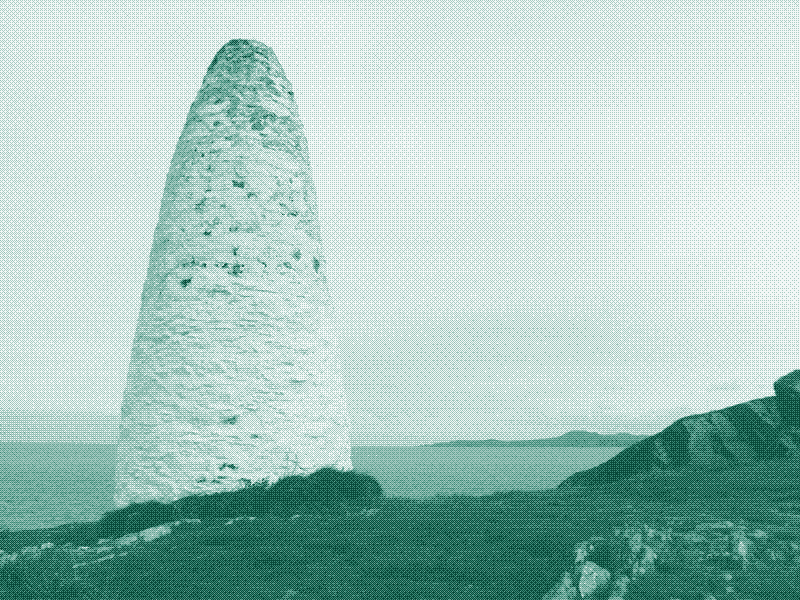No, it is the air in the bottles that does the insulating. Use empty ones, donít waste the wine.
Announcement
Collapse
No announcement yet.
1.2M Oven w/BBQ & Tandoor
Collapse
X
-
Apologies for not getting back to you all sooner. With budget, building new house, ruptured gallbladder amongst the reasonsOriginally posted by david s View PostThe hydrated lime is a cementious material and capable of withstanding higher temperatures than portland cement.(around 500C as opposed to around 300C). This is its primary function in the home-brew mix. If you replace it with clay which is quite refractory it is not a cementious material although it will set quite hard as in a cob oven. It is really only an extremely fine aggregate. Also the higher proportion of clay in the mix leads to more shrinkage (cracking).
Of course the issue of hydrated lime was a stumbler.
Then after a bit of research, I asked around and of course many of the old Spanish buildings used adobe blocks and lime mortar for joints and render
This render/plaster is called Paledada and is made from anapog which translates to limestone.
Armed with this word, anapog, I found out there was a deposit of it 400 metres from my house on the mountain side. The owner owner of the land is a friend, so he said I could take what I need.
It will take a few days to grind it down to powder. It breaks in pieces your hand, but working it to a powder takes more effort.
Now, back to this homebrew. I have the lime. I have potters clay, I have sand. I have cement
Recipe suggestions would be much appreciated.
Budget remains the same:- Perlite 100 L .......... $25.00
- Shipping ................ $21.50
- 60 hollow blocks ... $19.00
- 4 bags Portland .... $18.00
- 300 bricks ............. $60.00
- 10 bags portland ... $45.00
- Perlite 200 L ...........$50.00
- Shipping ............... $43.00
- Portland ................ $4.50
Comment
-
I think you will need to research a little more. Crushed limestone is not a cementious material, it needs to be calcined. The process is to heat the crushed limestone to around 900 C, it then acts like cement.
Last edited by david s; 02-22-2019, 02:43 PM.Kindled with zeal and fired with passion.
Comment
-
Wow David. Thank youOriginally posted by david s View PostI think you will need to research a little more. Crushed limestone is not a cementious material, it needs to be calcined. The process is to heat the crushed limestone to around 900 C, it then acts like cement.
https://www.lowtechmagazine.com/2013/09/lime-kilns.html
The anapog I have is not anything like limestone we get in Ireland
It is just like chalk, and the locals say this is used for make paledada
As I said in the last post, this stuff breaks in your hand
Best I do bit of testing then
Comment







Comment